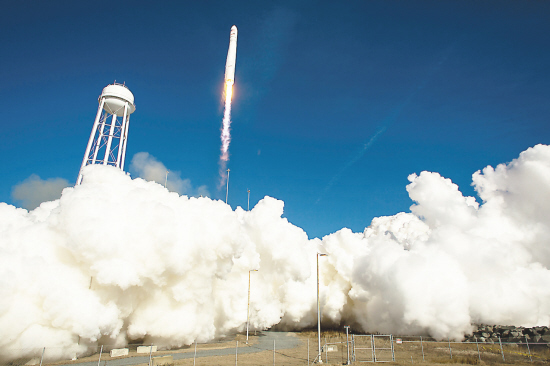You're listening to News Plus Special English. I'm Marc Cavigli in Beijing.
The avalanche near Salt Lake City, the United States, last April was North America's largest such disaster in modern history. The avalanche carried enough rock, dirt and debris to bury New York's Central Park under 66 feet of rubble.
According to scientists from the University of Utah, the rockslide sent about 170 million tons of debris into a nearly mile-deep pit where it cracked bedrock and triggered unprecedented earthquakes.
Jeff Moore, assistant professor of geology and geophysics says they don't know of any case until now where landslides have been shown to trigger earthquakes.
There were no injuries or deaths as the slide temporarily shut down a copper mine, burying 14 giant haul trucks and leading to a series of layoffs and buyouts at the copper corporation.
The debris slides fell as fast as 100 miles per hour. They crashed to earth with such force that they registered as magnitude-5 earthquakes. The skudes then triggered 16 smaller quakes where the bedrock cracked.
The 1980 eruption of Mount St. Helens in Washington unleashed a landslide 57 times larger than this one near Salt Lake City.
Another slide about 8,000 years ago at the mouth of Zion Canyon in southern Utah was five times as large.

Also in the United States, the six space station astronauts have finally got their Christmas presents with the arrival of a privately launched supply ship that took an extra month to soar.
The spacemen opened the capsule a day early and started removing items, as soon as the Orbital Sciences Corporation vessel was moored safely at the International Space Station last week.
Packed inside were 3,000 pounds of groceries, equipment and experiments, as well as eagerly awaited Christmas gifts from their families back home and some fresh fruit courtesy of NASA, the US National Aeronautics and Space Administration.
Among the first things out: ants that are part of an educational project.
NASA is relying on private industry to keep the orbiting lab well stocked in this post-shuttle era. In three or four more years, the private industry will possibly supply rides for U.S. astronauts as well.
This was Orbital Sciences' second shipment.
The Virginia company was supposed to make the latest delivery last month, well before Christmas, but had to wait for reasons beyond its control. A space station breakdown in mid-December took priority, and NASA bumped the flight to January in order to repair the disabled cooling system at the orbiting outpost.
Then frigid weather at the launch site at Wallops Island, Vaginia, forced a delay. Then a strong solar storm interfered. Everything finally came together for a smooth liftoff on January 9th.











